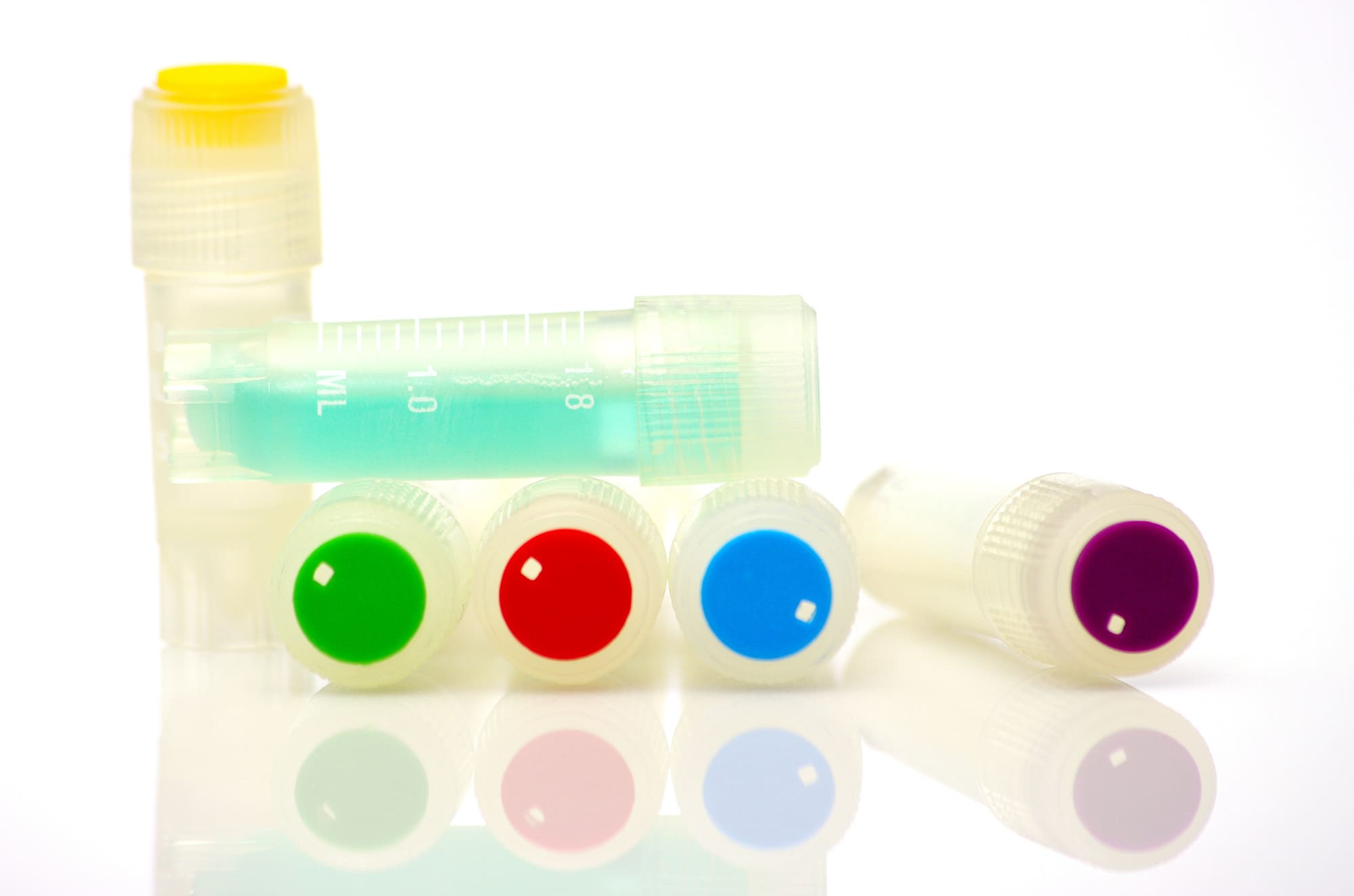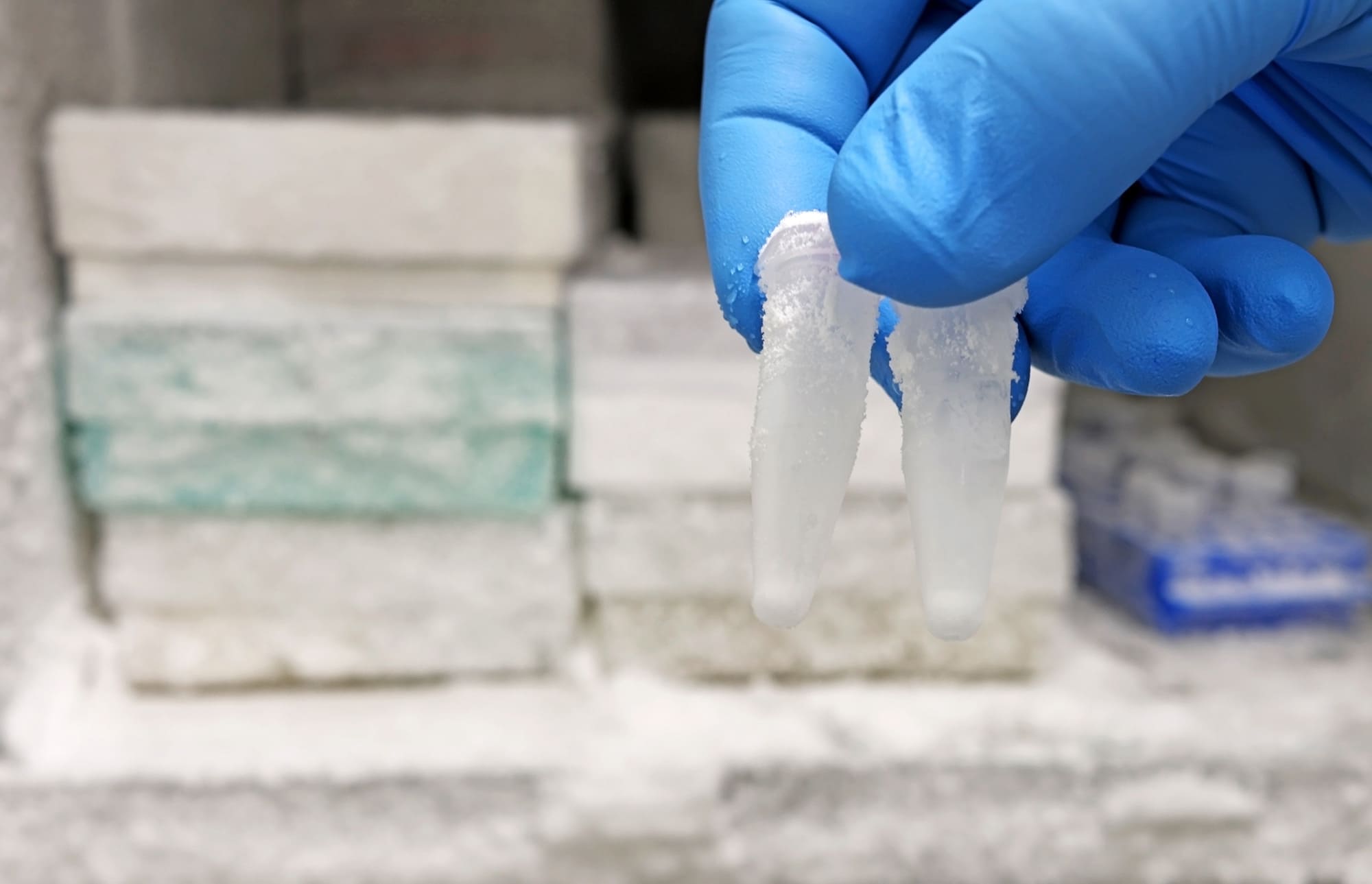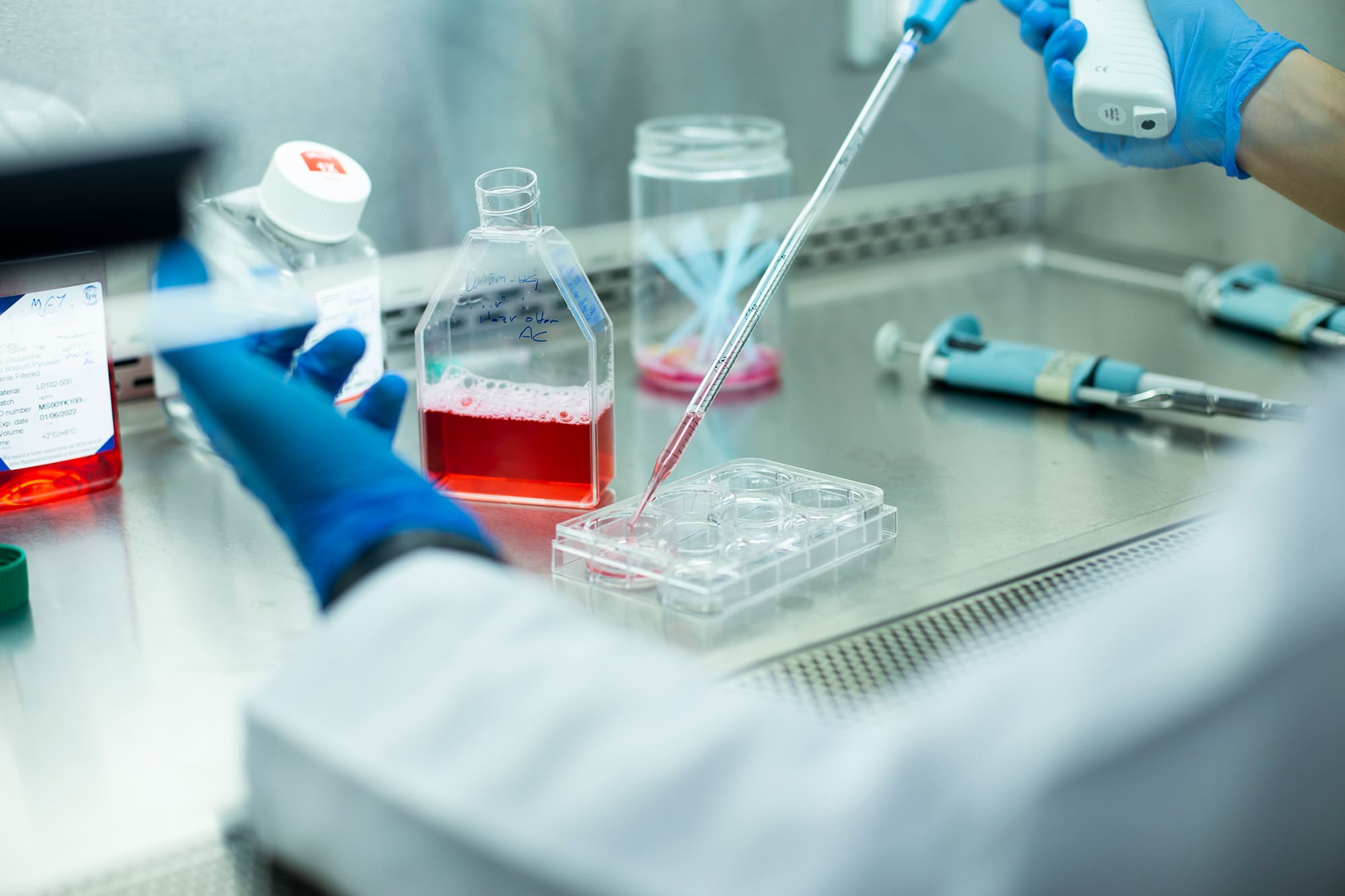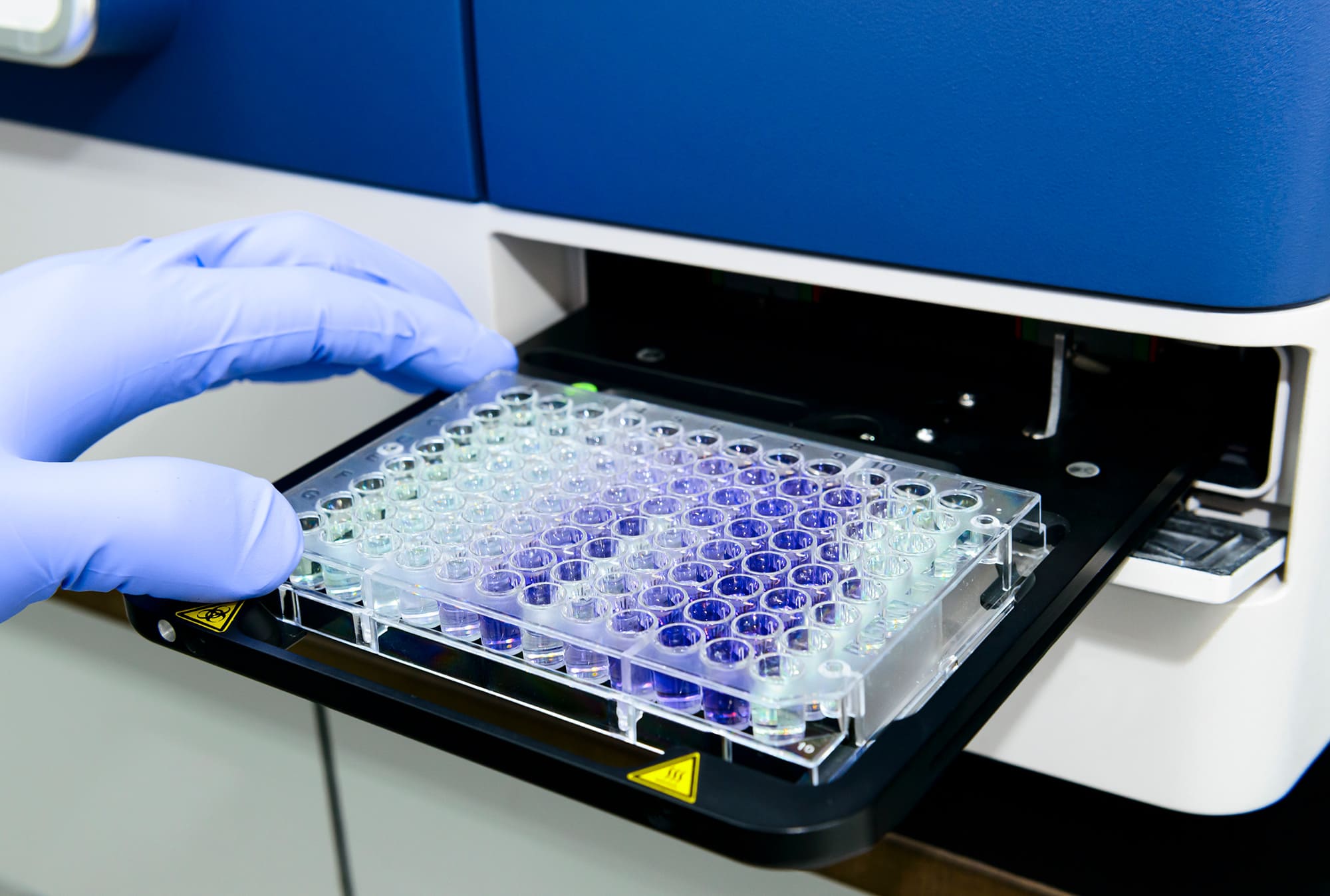Technology for establishing sandwich ELISA
Important factors in establishing sandwich ELISA include antibody combination as well as optimal concentration of antibody, selection and optimal concentration of blocking agent, selection of chromogenic substrate, reaction time, investigation of detection range of antigen (evaluation of detection limit and quantitation limit), and labeling of antibody. Validation tests such as evaluation of measurement precision and reproducibility are also required. We have enhanced these techniques and know-how through the construction of various types of allergen ELISA. We also have an all-in-one sandwich ELISA kit platform. There is technology for manufacturing control of capture antibody-immobilized dried plates, standard solutions, and enzyme-labeled antibodies, and adjustment of buffer and chromogenic substrates suitable for each ELISA system. Please feel free to contact us if you have any requests for ELISA construction.
Allergen reduction study by dot blot method (Patent No. 7126665)
Sandwich ELISA has been used to evaluate inactivators against allergens. However, the inactivating agent contained in the sample may affect the test. Therefore, the effect of the inactivating agent may cause the amount of allergens measured by ELISA to be lower than the actual amount, resulting in an overestimation of the effect of the inactivating agent. Dot blotting is an evaluation method for allergen inactivators that combines immunostaining and protein staining to reduce the impact of inactivators on the test.
Two pieces of the allergen are fixed to the membrane and allowed to react with the test drug, followed by membrane washing, immunostaining, and protein staining. If no color is developed by protein staining, the test drug can be judged to have eliminated the allergens from the membrane. Conversely, if the allergen changes color in protein staining but not in immunostaining, the investigational drug can be judged to have inactivated the allergen instead of eliminating the allergen.
This method can be applied not only to liquid preparations but also to evaluation of drugs sprayed into the air, which was difficult to evaluate by sandwich ELISA.
Detection and quantification of dust mites by PCR
As a method for detecting environmental allergens, we have created primers and probes that specifically amplify each of the two mite species that cause asthma (Dermatophagoides farinae and Dermatophagoides pteronyssinus) from the genetic information and established a technology to specifically detect and quantify each mite by real-time PCR. This technology enables detection and quantification of mites with higher sensitivity in a shorter time and at a lower cost.
Please feel free to contact us if you wish to request evaluation test, development of research reagents, or joint research.






